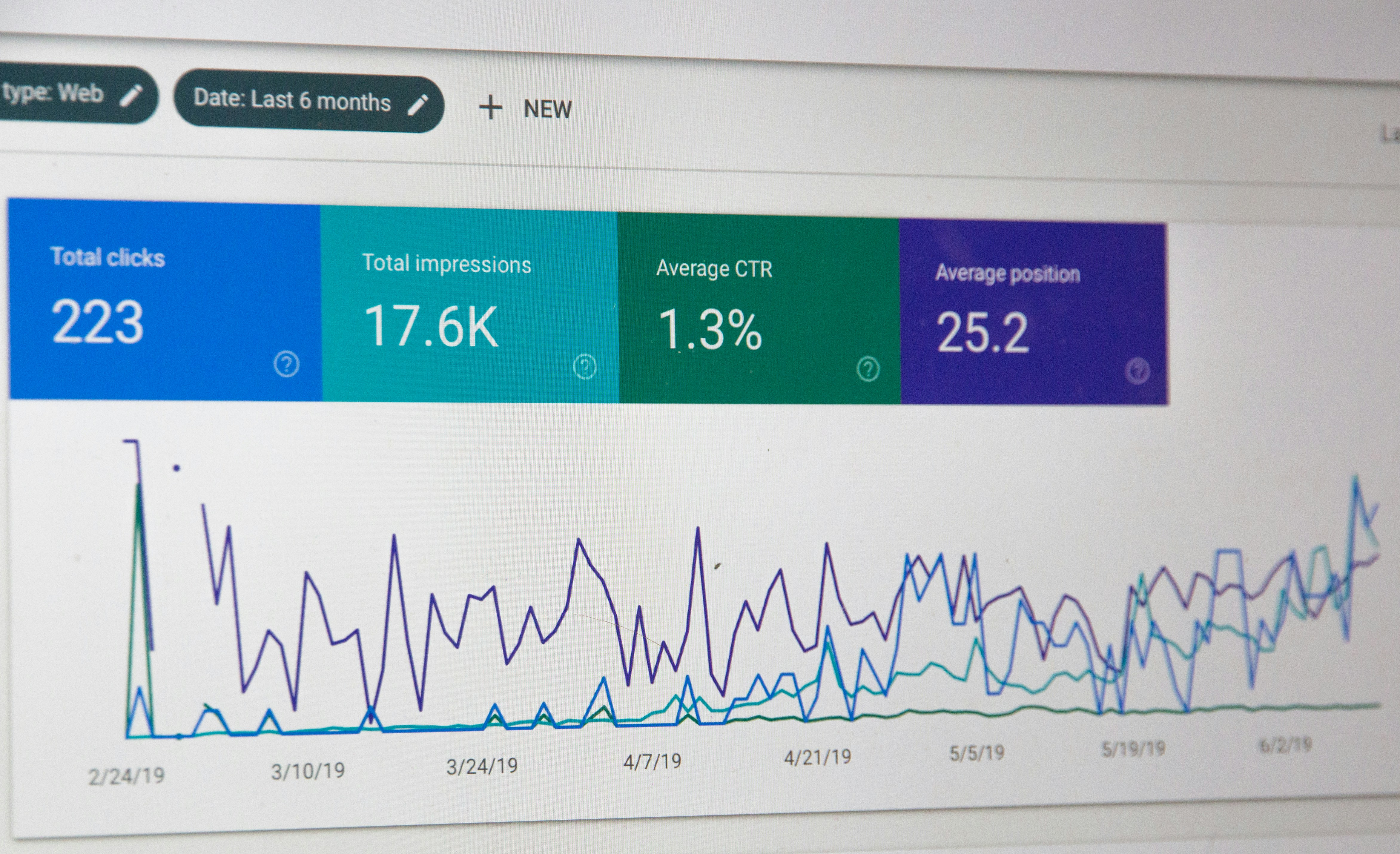If your dream is to make a living as an online entrepreneur, you’re not alone. In 2019, eCommerce sales hit $3.5 trillion, and sales are projected to hit $4.9 trillion by 2020. In the United States alone, eCommerce is responsible for over 10% of retail sales—a number expected to grow by nearly 15% each year.
For prospective entrepreneurs, figuring out how to launch an online business in the competitive world of eCommerce can be confusing and overwhelming. If you’ve always wanted to know how to start selling with your own online store, here’s how to get started.
Calculate your startup costs

Determining your startup costs might seem like a hassle, but it can help you make sound financial decisions so your business can stay on track and grow.
Startup costs are not ongoing business costs—they’re necessary costs you need to incur to start your business. When calculating your startup costs, try to be as detailed as possible. Instead of jotting down an umbrella term like “technology,“ write down the exact tablet, laptop, and equipment you’ll need to buy.
Next, total your necessary startup costs. If your startup costs exceed the amount of money you have access to, making small adjustments can help stretch your budget. For example, if you need a business phone and laptop to build your website and stay in touch with potential customers, consider investing in a refurbished phone and laptop from a refurbished electronics website. Most reputable refurbished electronics stores offer one-year warranties, free returns, and free shipping on refurbished products, making it easy for small business owners to find high-quality technology at affordable prices.
Build your brand

If you want to stand out in the eCommerce market, you’ll need to send a clear message. A powerful brand can help you stand out from the competition, while a bad brand can cripple your business.
To build a powerful brand, you’ll need to spend some time figuring out the key values, goals, and principles you want your brand to convey. Determining what values are at the core of your business and how you want customers to perceive your business can help you establish a strong foundation for your business.
If you’re not sure where to start, visit competitors’ websites and social media accounts for inspiration. Find out what their customers are happy with and what they’re complaining about, and use your findings to better understand your target audience.
Create a website

With more and more prospective entrepreneurs turning to eCommerce, optimizing your web presence is the key to growing your business. Potential customers turn to the internet for everything from product research to contact information, and creating a user-friendly website can give you a significant edge in the eCommerce market.
According to the Denver web design experts at Webolutions, more than 72% of potential customers seek businesses out online, while 80% of interested customers visit websites before making a purchase. If you’re not familiar with HTML or CSS, working with a web design agency can help you optimize your online presence, usability, and conversion rates to offer potential customers a great experience.
Market your business

Social media is one of the best ways to increase your audience reach and keep potential customers updated about new products and promotions. Whenever you update your online store, make sure to post about it across your social media accounts. Balancing promotional posts with genuine, nonpromotional customer engagement can help you build a loyal customer base and improve your online presence.
Measure your results

Successful entrepreneurs never stop learning how to sell and market their products, and they’re always looking for ways to improve. After launching your online store, it’s essential to measure the success of your social media marketing, digital marketing, sales, and customer outreach efforts to determine the best practices for your business.
Experimenting with new techniques, monitoring your data, checking customer satisfaction, and making adjustments as needed can ultimately help you maximize your sales and profits.
Breaking into the eCommerce market isn’t easy, but thorough research and preparation can help you stand out from the competition and launch a successful online business.









